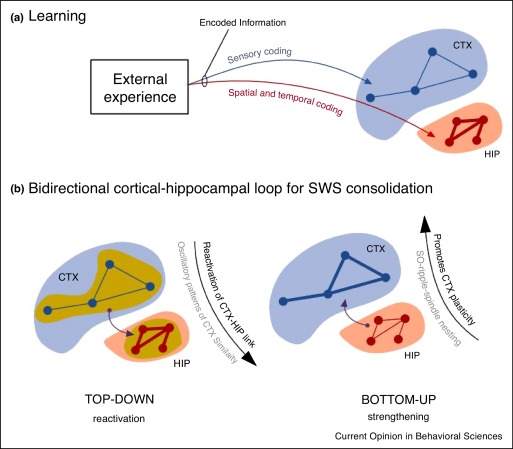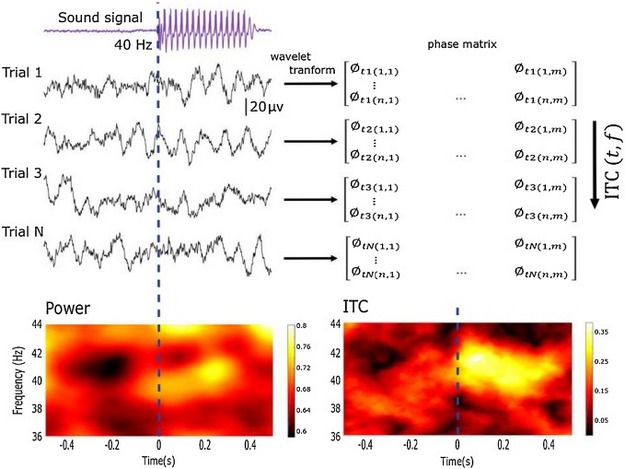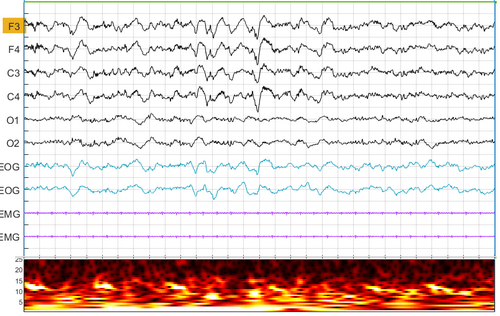Sounds during sleep. What is the best timing for boosting slow waves?
In a new paper published in SLEEP, we evaluated the optimal timing for enhancing NREM slow oscillations .
Closed-loop auditory stimulation (CLAS) is a method for enhancing slow oscillations (SOs) through the presentation of auditory clicks during sleep. CLAS boosts SOs amplitude and sleep spindle power, but the optimal timing for click delivery remains unclear.

Closed-loop auditory stimulation (CLAS)
In this study, we determined the optimal time to present auditory clicks to maximize the enhancement of SO amplitude and spindle likelihood in young and older subjects.

Timing and phase of click on targeted slow-waves
We examined the main factors predicting SO amplitude and sleep spindles in a dataset of 21 young and 17 older subjects. The participants received CLAS during slow-wave-sleep in two experimental conditions: sham and auditory stimulation. Post-stimulus SOs and spindles were evaluated according to the click phase on the SOs and compared between and within conditions.

Evaluated slow-wave and spindle measures
We revealed that auditory clicks applied anywhere on the positive portion of the SO increased SO amplitudes and spindle likelihood, although the interval of opportunity was shorter in the older group. For both young and older subjects, our analyses showed that the optimal timing for click delivery is close to the SO peak phase.

Optimal phase of CLAS on slow-waves to enhance slow-wave amplitude
Click phase on the SO wave was the main factor determining the impact of auditory stimulation on spindle likelihood for young subjects, whereas for older participants, the temporal lag since the last spindle was a better predictor of spindle likelihood.

Optimal phase of CLAS on slow-waves to enhance spindle amplitude
Our data suggest that CLAS can more effectively boost SOs during specific phase windows, and these differ between young and older participants. It is possible that this is due to the fluctuation of sensory inputs modulated by the thalamocortical networks during the SO.
These results suggest distinctive processes for SO and spindle enhancement, stressing the effects of aging in response to the stimulation.
Our findings also provide further grounds for developing and improving stimulation techniques to modulate these sleep patterns in both clinical and research applications.
If you want to read more about this study, you can check our paper in SLEEP here
Miguel Navarrete, Jules Schneider, Hong-Viet V Ngo, Mario Valderrama, Alexander J Casson, Penelope A Lewis, Examining the optimal timing for closed-loop auditory stimulation of slow-wave sleep in young and older adults, Sleep, Volume 43, Issue 6, June 2020, zsz315, https://doi.org/10.1093/sleep/zsz315
Note: Please contact me if you’d like full-text copies of a paywalled article.




